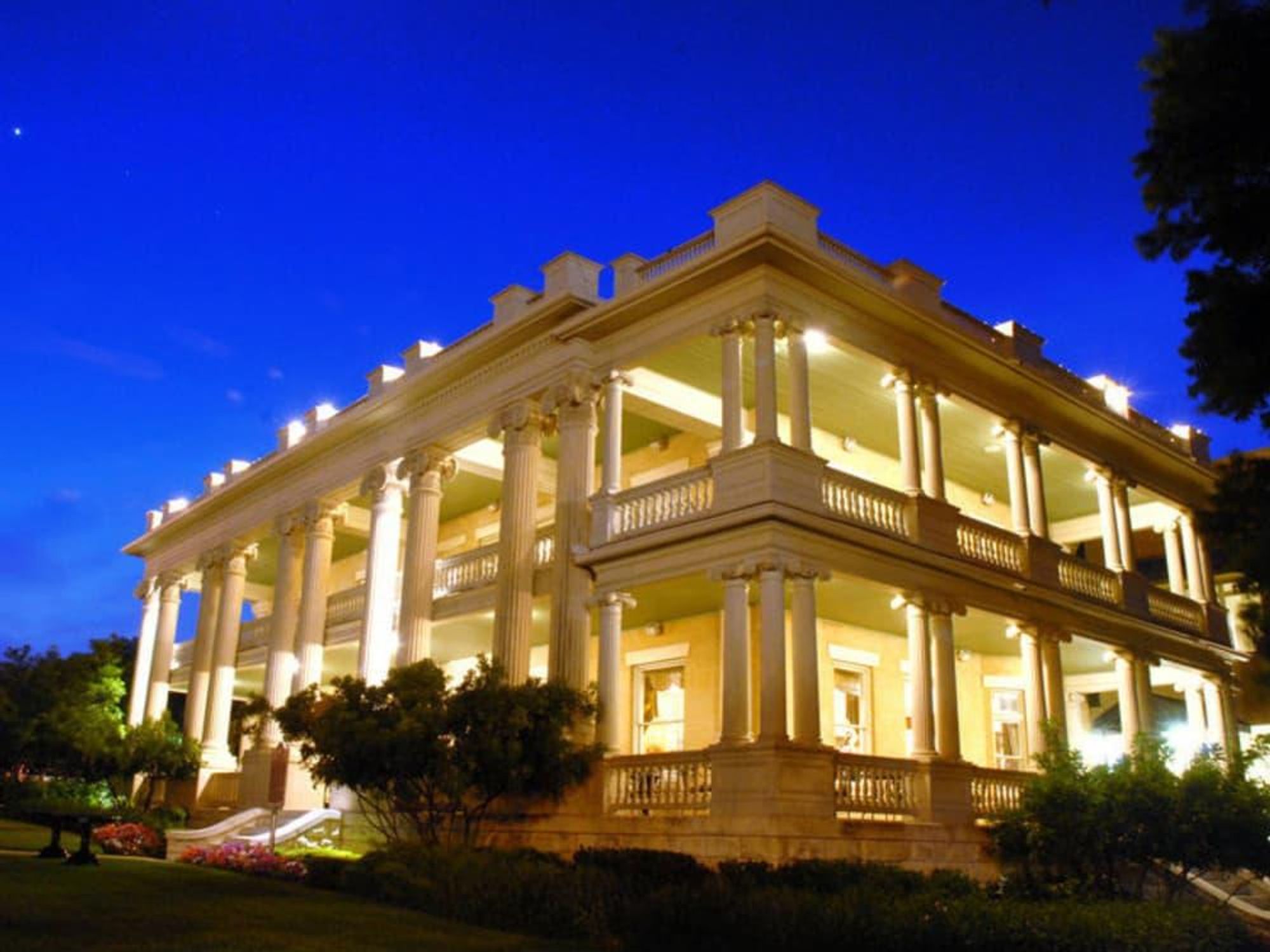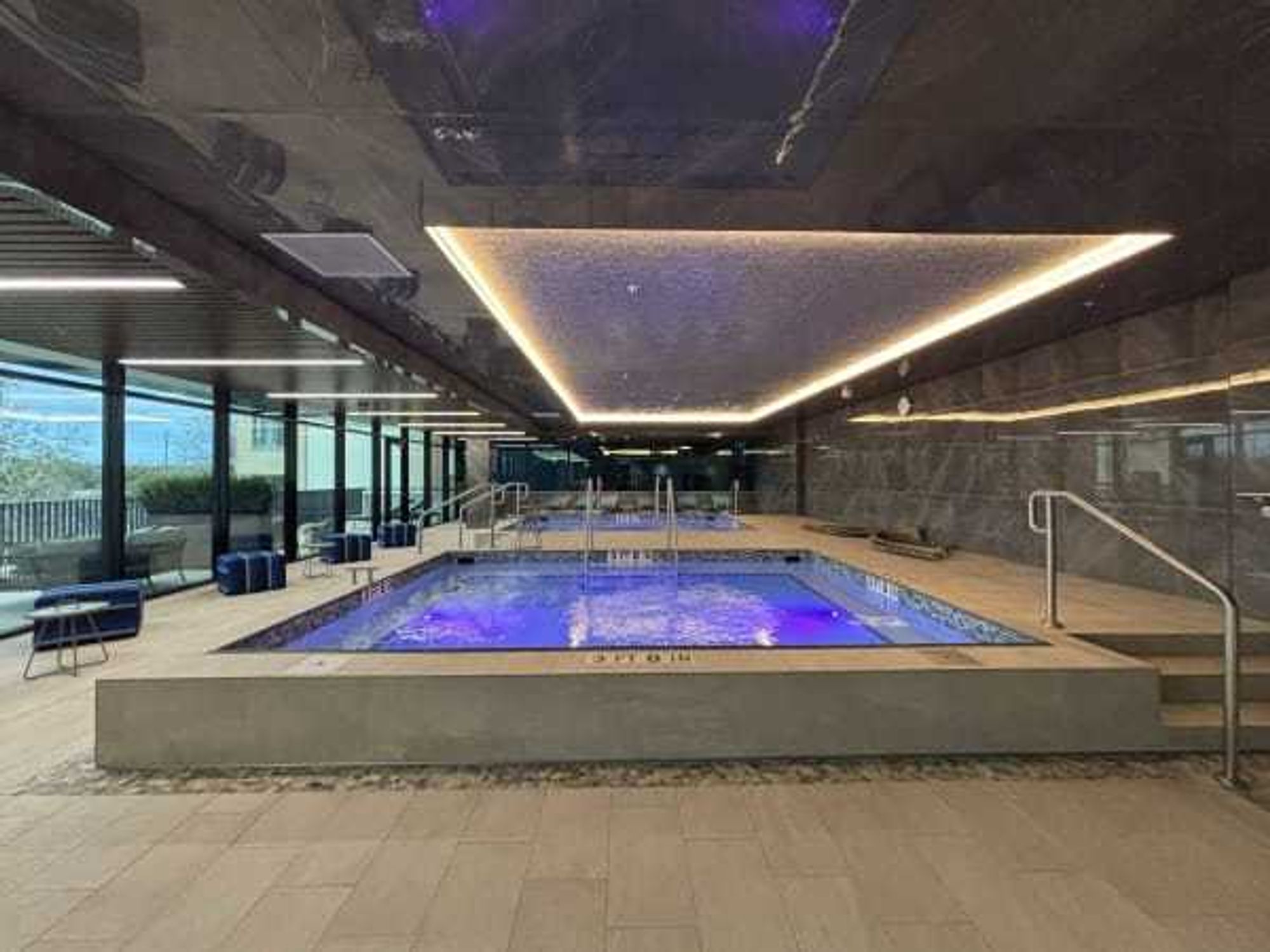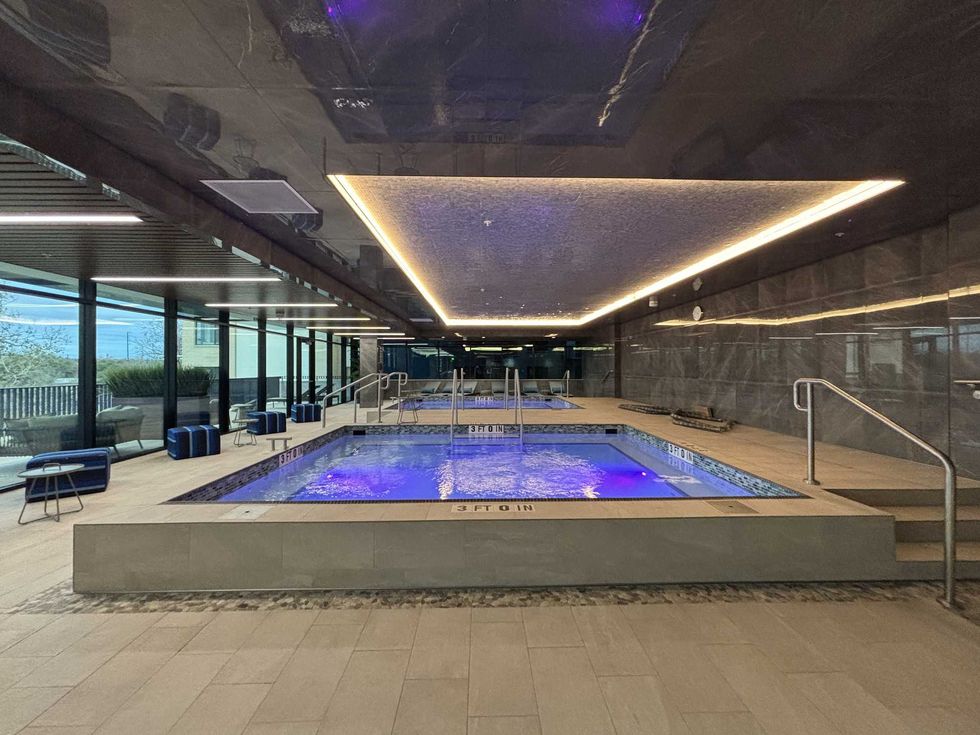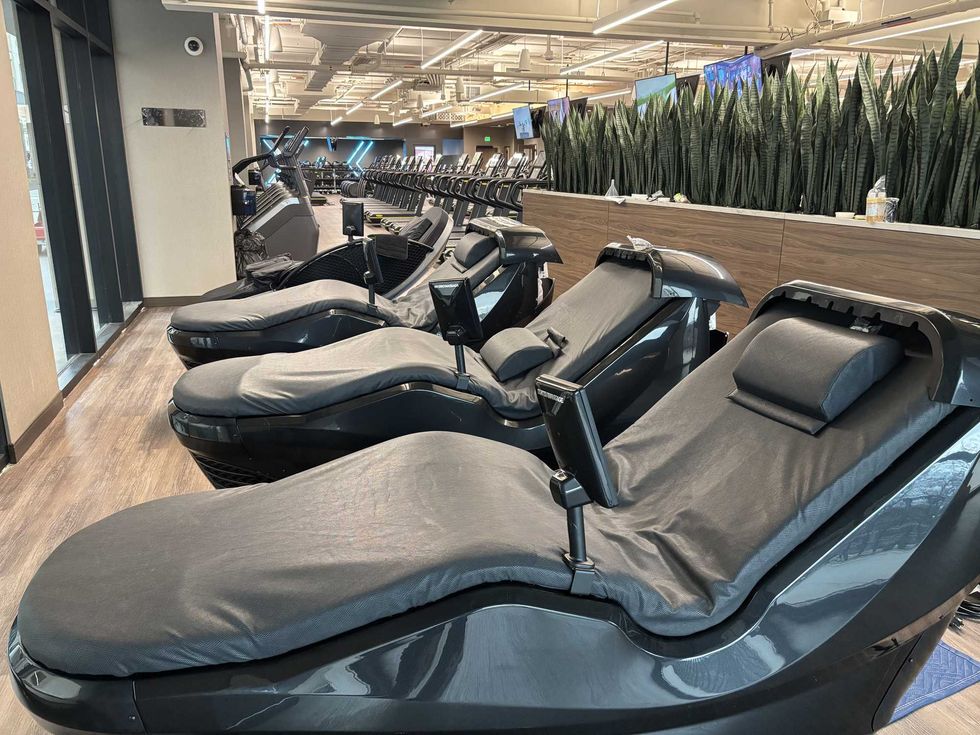History of Austin
History of Austin's most famous hotels from boutique inns to iconic estates

Since it was founded in 1837, Austin has been a destination for travelers from Texas and beyond. In the early 19th century, the city was being constructed to accommodate the Texas seat of government, and the need to house guests visiting the newly minted Capital City was becoming apparent. While city legend has long given the historic Driskill Hotel, built in 1888, the designation as the first hotel in Austin, it is actually the Bullock House Hotel that can claim that crown.
Bullock House Hotel
Close to half a century earlier, in 1829 to be exact, the Bullock Hotel was built on the northwest corner of Sixth Street and Congress Avenue. The Bullock House Hotel also served as the residence of owner Richard Bullock, his family, and servants. The hotel became a social gathering place for locals, and even played a role in the Pig War between owner Richard Bullock and French government dignitary Alphonse Dubois de Saligny.
Saligny stayed temporarily at the Bullock House Hotel while the nearby French Legation was being built. According to historical accounts, Bullock and Saligny did not care for each other. Bullock felt the Frenchman was filled with pretension, and a quarrel ensued when Bullock's marauding pigs invaded the Frenchman's private quarters. After that, Saligny packed his bags and headed for the French Legation. The rift resulted in a temporary diplomatic disruption in relations between Texas and France, but afterward, Bullock and his surviving pigs became local celebrities. The hotel later changed ownership and became the Swisher's Hotel in 1852 and the Smith's Hotel in 1858.
The Driskill Hotel
The city of Austin was officially incorporated in 1839 and became the capital of Texas in 1846. In 1886, Colonel Jesse Driskill, a wealthy cattle baron, built the Driskill Hotel on an empty lot he purchased for $7,500. After spending $400,000 on construction, the Driskill was complete, and local newspaper headlines deemed it "one of the finest hotels in the country."
The Driskill, often referred to as "The Grand Dame," was meant to rival luxurious hotels in New York City, Chicago, St. Louis, and San Francisco. Decades later, an annex was added to the original hotel at Brazos and Pecan streets (later renamed Sixth Street), and today it features 189 guest rooms, two restaurants, a popular bar and live music area, and even a bank vault that was part of the original hotel. The Driskill was a favorite date spot for President Lyndon Johnson and his wife, Lady Bird, and the hotel has hosted innumerable election night parties for Texas politicians. The Driskill is also the oldest hotel in Austin still operating today and remains a highly popular destination for locals and tourists alike.
Hotel Ella
Although Hotel Ella is a relative newcomer to the Austin boutique hotel scene, the grand home has been in existence since 1898. Hotel Ella, or the Goodall Wooten home, sits on the southern edge of the University of Texas campus at 1900 Rio Grande St. The home was originally purchased by Dr. Thomas Wooten, one of the original founders of UT, and a few years later, Wooten offered his wife, Ella, the chance to take a trip around the world or have renovations made to their home. Wisely, she chose both.
The home is an exquisite example of a Greek Revival-style mansion, and throughout the decades the home has been a student housing site, a chemical dependency center, a boutique hotel name Mansion at Judges Hill, and finally, after a complete revamp, Hotel Ella opened in 2013. The hotel hosts weddings, university functions, local gatherings, and a number of charitable and social events. There are 47 guest rooms, a courtyard area with a pool, fine dining restaurant, historic bar filled with artwork, and huge wraparound porch for guests to sit on rocking chairs and sip iced tea and mint juleps.
Hotel San Jose, Austin Motel, and Hotel Saint Cecilia
Native Texan and hip hotelier Liz Lambert attended law school at UT, moved to Manhattan to work as a prosecutor, then a few years later returned to Austin — and we are fortunate she did. Lambert was always interested in design, and serendipity struck one night when she was at the Continental Club and spied the seedy San Jose Hotel, originally built in 1936, just across South Congress Avenue. Lambert bought the San Jose and remodeled the hotel to create an urban bungalow vibe.
In 2006, Lambert formed Bunkhouse Group, which now operates Jo's Coffee; Fair Market; Hotel San Jose; Austin Motel (also on South Congress, the motel opened in 1938); and Hotel Saint Cecilia (named after the patron saint of music, the Miller-Crockett house was originally built in 1888 at 112 Academy Dr., just a block off South Congress). In addition to the Austin properties, Lambert and company also have hotels in Mexico, Marfa, San Francisco, and San Antonio.
Along with a few other eager Austinites, Bunkhouse has helped revitalize South Congress from a vice-filled street to a burgeoning strip filled with musicians, tourists, vintage shoppers, and others wanting to experience Austin's unique culture. Lambert's hotels are filled with nostalgic touches like vibrating beds, neon signs, retro swimming pools, vinyl records, music posters, handmade furniture, and kimono bathrobes.
Fairmont Hotel
The newly opened Fairmont Hotel, adjacent to the Austin Convention Center, is now the largest hotel in Austin. Not only is it the largest in the city, but the Fairmont Austin is also the largest hotel of the Fairmont brand in the U.S., and the company's second largest hotel in the world. The towering high-rise at 101 Red River St. is 37 floors with 1,048 guest rooms, a spa, multiple restaurant options, two bars, and a huge pool overlooking the city.
From the early hotel days featuring roving pigs to today's modern skyscrapers, Austin has seen a dramatic change. What has not changed, however, is Austin's reputation as a welcoming destination that appeals to a spectrum of visitors.

 Pilates is one of the many modalities on the schedule.Photo courtesy of Life Time
Pilates is one of the many modalities on the schedule.Photo courtesy of Life Time


 This giant sauna doubles as a social amenity.Photo courtesy of Life Time
This giant sauna doubles as a social amenity.Photo courtesy of Life Time The Life Time Lounge offers another place to hang out.Photo courtesy of Life Time
The Life Time Lounge offers another place to hang out.Photo courtesy of Life Time